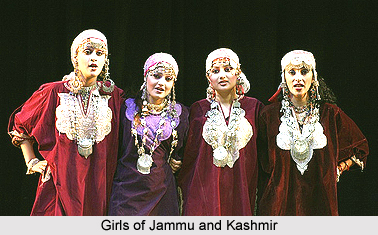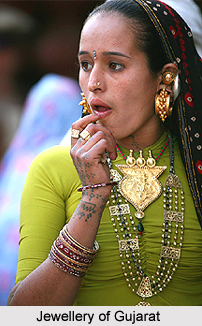 Bone Artwork`s milky white appearance and soft flowing lines are just the start of what makes the Bone Carvings so special. Bone is soft and warm to the touch yet the finish is like polished glass. A well-crafted Carving seems to blend with the body and become a part of you, especially when worn against your skin. Bone types and sizes vary greatly and come from a variety of animals. The range covers many styles from very traditional pieces to more contemporary designs such as beautiful carvings.
Bone Artwork`s milky white appearance and soft flowing lines are just the start of what makes the Bone Carvings so special. Bone is soft and warm to the touch yet the finish is like polished glass. A well-crafted Carving seems to blend with the body and become a part of you, especially when worn against your skin. Bone types and sizes vary greatly and come from a variety of animals. The range covers many styles from very traditional pieces to more contemporary designs such as beautiful carvings.
Each piece is crafted by hand so even if the craftsman is following the same design, no two pieces will ever be exactly the same that include exotic inlays of shell or precious stones so as they really do represent superb artworks in miniature. They are often used in combination with leather and/or beads. Bone work must be tightly knit to offer the protection is was intended for. The addition of a centerpiece of carved bone adds significant value to the work. Smaller bone pieces generally require more work than larger pieces. Brown and black bone are generally more expensive than white. The longer the piece of bone, the more difficult it is to get and therefore more expensive. Horn bone is less expensive than internal bone.



















